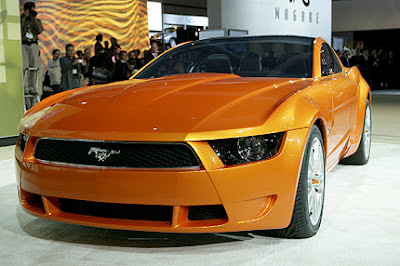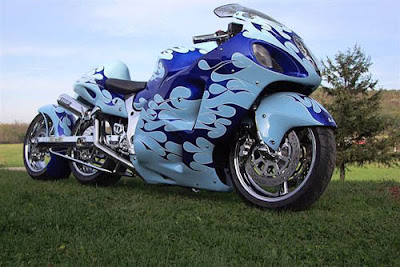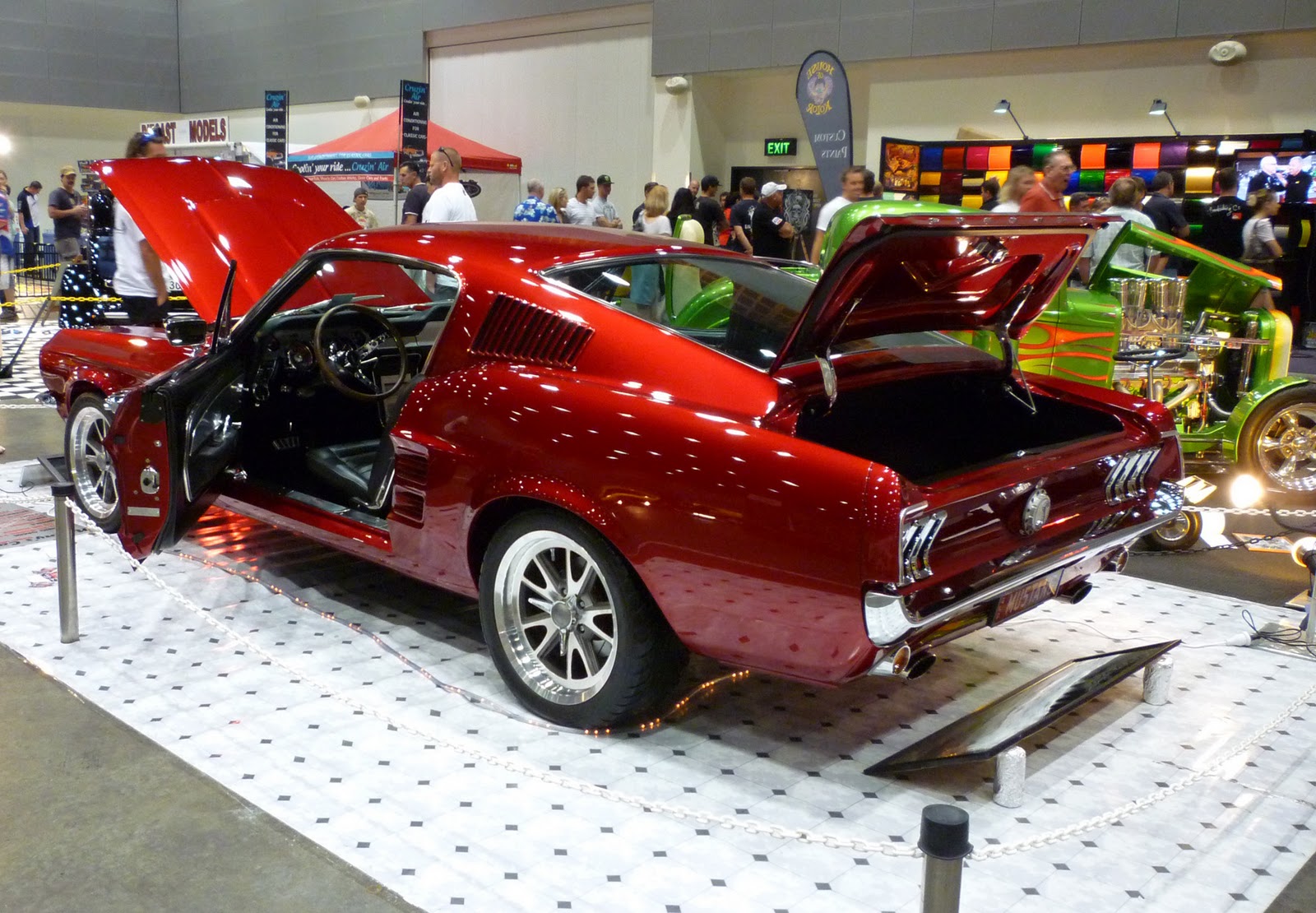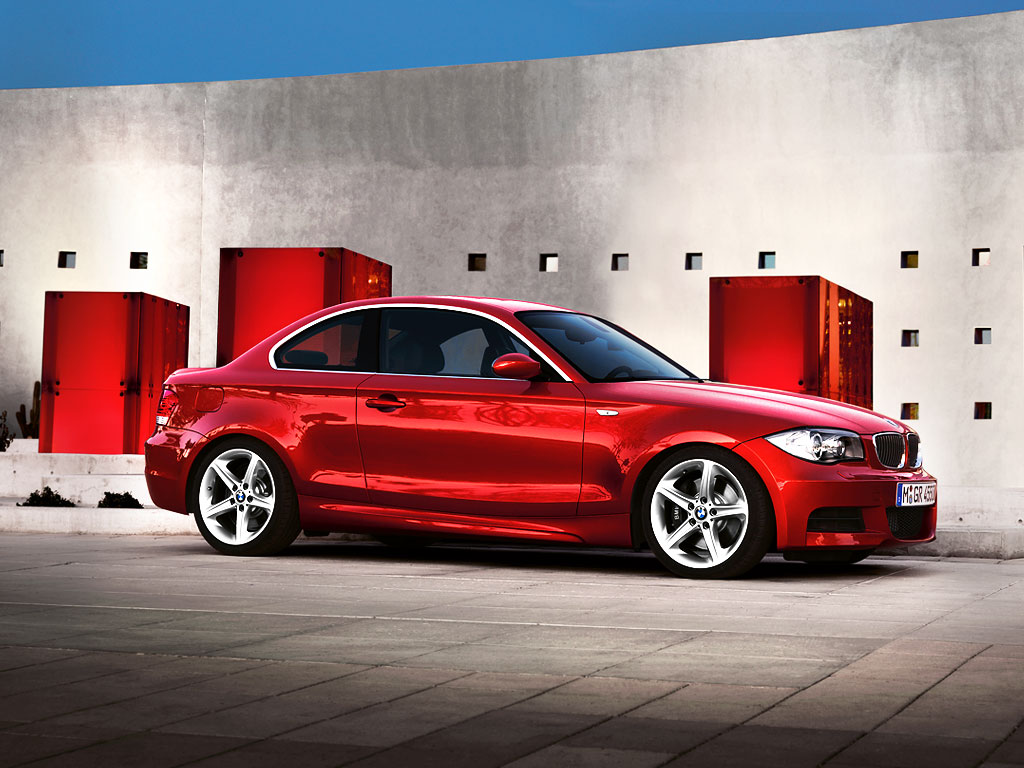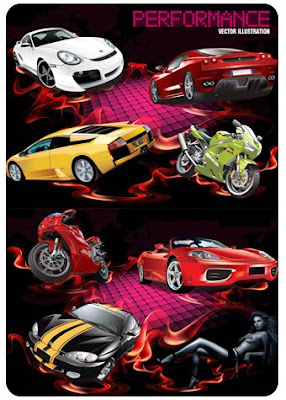
The Porsche Cayman is a mid-engined, rear wheel drive 2-seat sports car produced by Porsche AG of Germany. First launched in the 2006 model year, the Cayman is a coupé derived from Porsche's second generation Boxster convertible. Like the Boxster, most Caymans are assembled in Finland for Porsche by Valmet Automotive (the rest are assembled in Zuffenhausen near Stuttgart, Germany). Porsche's Deputy Chairman, Holger P. Haerter confirmed that their contract with Valmet Automotive will end in 2012, and the Cayman's production will be outsourced to Magna Steyr Fahrzeugtechnik of Graz, Austria. (Panorama, 2008). The Cayman coupé (project 987c) and the second generation Boxster convertible (project 987) shared the same mid-engined platform and many components, including the front fenders and trunk lid, side doors, headlights, taillights and forward portion of the interior. The design of the Cayman's body incorporates styling cues from two classic Porsches; the 550 Coupé and the 904 Coupé. Unlike the Boxster, the Cayman has a large hatchback for access to luggage areas on top of and in the back of the engine cover. The suspension design is fundamentally the same as that of the Boxster, but features revised settings appropriate to the increase in chassis stiffness resulting from the Cayman's fixed roof. The 3.4 litre flat-6 boxer engine (M97.21) in the first generation Cayman S was derived from the 3.2 litre powerplant (M96.26) that was used in the Boxster S, but featured cylinder heads from the Porsche 997 S's 3.8 litre motor (M97.01) which have the VarioCam Plus inlet valve timing and lift system. A less powerful but more fuel efficient version, the 2.7 litre M97.20, powered the base model. The use of these new powerplants exclusively in Caymans ended in MY 2007 when Porsche upgraded the Boxster (987.310) and Boxster S (987.320). A 5-speed manual transaxle is standard on the normal Cayman (G87.01), while a 6-speed manual (Getrag 466) is the default for the S (G87.21) and an option on the normal (A87.20). An electronically controlled 5-speed automatic transaxle (Tiptronic) was also available on the S (A87.21) and the non-S version (A87.02) (The 2009 models replaced this option with a seven-speed "PDK", Porsche's dual-clutch robotic manual transmission). Other options include active shock absorbers (ThyssenKrupp Bilstein GmbH's DampTronic, rebadged as PASM by Porsche), ceramic disc brakes (PCCB), xenon headlights (Hella's Bi-Xenon) and an electronically controlled sport mode (Sport Chrono Package).

The Porsche Design Edition 1 is a Cayman S model designed by Porsche Design, commemorating the 35th anniversary of Porsche Design. The all black car features a black full leather interior including seats, dashboard, and door trim as well as black Alcantara steering wheel, gear change lever, handbrake grip, and headliner. The DE1 also is fitted standard with the Porsche Active Suspension Management (PASM), 19-inch 911 (997) Turbo wheels with 235/35 ZR 19 front and 265/35 ZR 19 rear tires, unique Porsche Design script on the instrument dials, stainless steel entry plate engraved with "Porsche Design Edition 1", all-red rear taillights, custom vinyl exterior black-on-black graphics, and a numbered plaque on the glovebox cover. As with all PASM-equipped cars, the body is lowered by 10 mm (0.4 in). Standard equipment includes an elegant briefcase containing the Flat Six Chronograph, a pocket knife, a pair of sunglasses, a pen, and a key ring – all in black, even the knife blade. 777 vehicles were produced as 2008 models. It went on sale on November 2007 in Germany, followed by the US in January 2008. Base price is 58,600 Euros[8] and USD 69,900 in the U.S. Porsche also announced the production of a limited edition Cayman S Sport, to be available in October 2008 as a 2009 model. It features a freer-flowing, louder, exhaust, which raises power from (295 PS (217 kW) at 6250 rpm to (303 PS (223 kW) at an identical 6250 rpm. The Cayman S Sport comes in Bright Orange and Signal Green (from the Porsche 911 GT3 RS), as well as Carrera White, Speed Yellow, Guards Red, Black and Arctic Silver. The Cayman S has striping on the sides, black 19-inch wheels and an Alcantara steering wheel directly from the 911 GT3 RS. The instrumentation loses its hood. The body is lowered by 1 cm. 700 were to be made for the worldwide market.

The performance of the Cayman S approaches that of Porsche's flagship sports car, the 911 Carrera. Rally legend Walter Röhrl lapped the Nürburgring Nordschleife track in a Cayman S equipped with optional 19" wheels, PCCB, and PASM in a time of 8 minutes, 11 seconds. The time for a standard Cayman S, as published by the manufacturer, was 8 minutes, 20 seconds. In contrast, Röhrl recorded 8 minutes, 15 seconds in a 911 Carrera. The similarity in performance between the two cars has led to speculation about whether the Cayman S will cannibalize sales of the Carrera, as the basic Carrera's recommended retail price in the United States is $12,400 higher than that of the Cayman S. A Cayman prepared and run by privateers Jürgen and Uwe Alzen finished fourth overall (of 220 entrants) in the 2007 Nürburgring 24 Hour race, ahead of two flagship Porsche 997 GT3 RSR's, a 997 GT3 Cup, and a 996 GT3 Cup. Another two privateer Caymans, entered by CSR and MSpeed, finished 22nd and 117th overall, respectively. Porsche disclaims support for the Cayman teams, while supporting some or all of the 997 teams. A sports car feature which was not offered by Porsche for the manual transmission Cayman, until 2009, was the limited slip differential (LSD). Some commentators have speculated that LSD was not offered, even as an option, because the Cayman S's performance would then be too close to that of the 911 Carrera (see Crippleware). Several tuning companies started offering Cayman buyers the ability to retrofit an LSD. Also the biggest engine (3.8l) or the turbo engine is not available in the Cayman. In the 2009 model, an LSD is available as an option. The base Cayman has received an engine upgrade to 2.9L (265 bhp (198 kW; 269 PS)), and the Cayman S a 3.4L (320 bhp (239 kW; 324 PS)). This is significantly more than the previous models offerings, as even the factory tuned 2008 Cayman S Sport with its special exhaust system only produces 303 bhp (226 kW; 307 PS) from its 3.4L engine.














